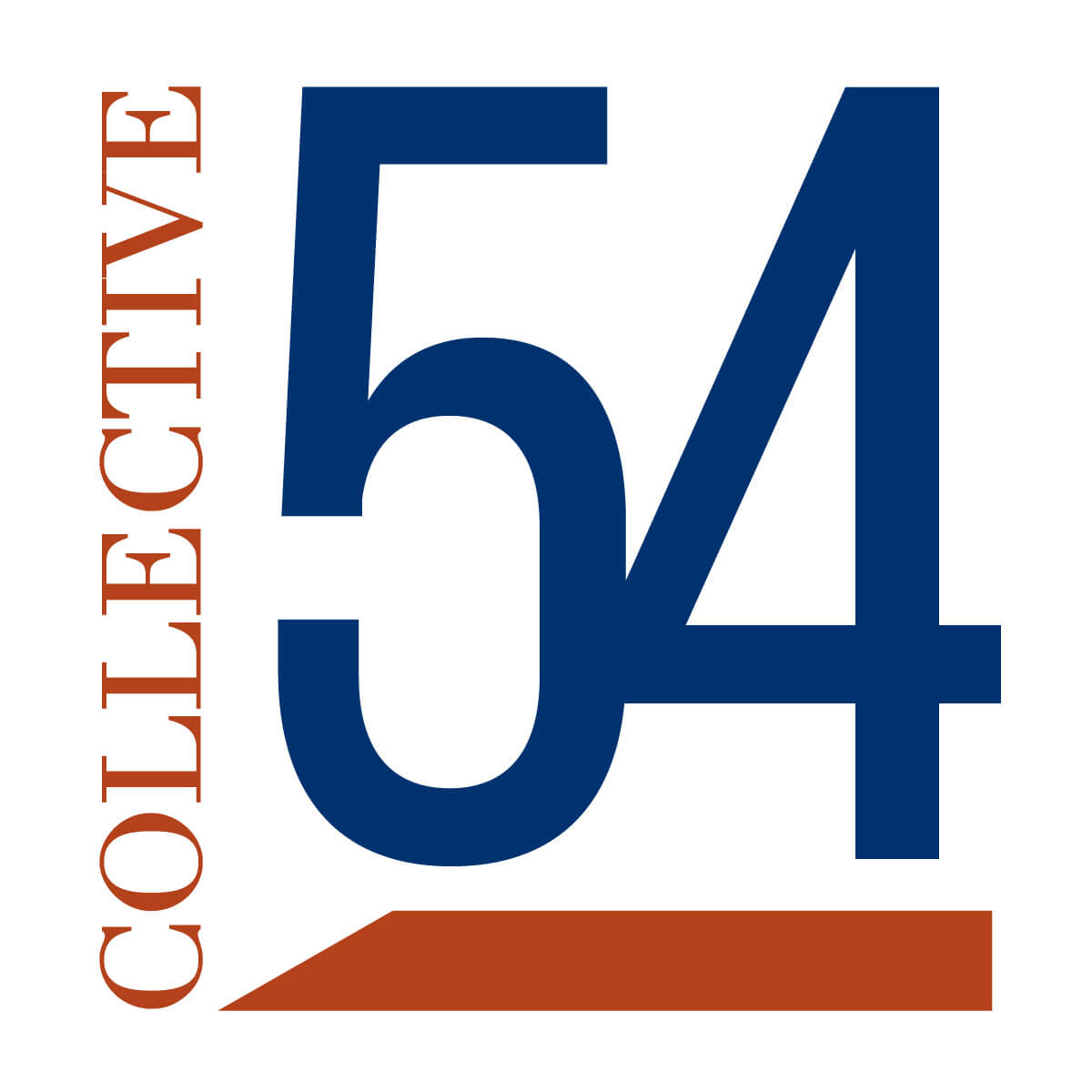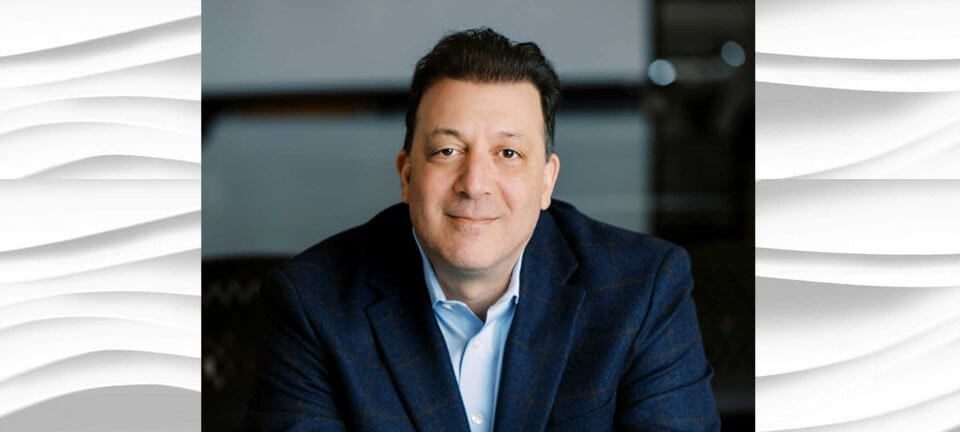Episode 78 – How a Consulting Firm Underwent Organizational Redesign toSuccessfully Deal with Pricing Pressure
Labor is the biggest expense for a boutique and has the biggest impact on profitability. On this episode, we interview Jeff Pedowitz, President & CEO of The Pedowitz Group to discuss how they creatively redesigned their organization to solve increasing pricing pressures.

